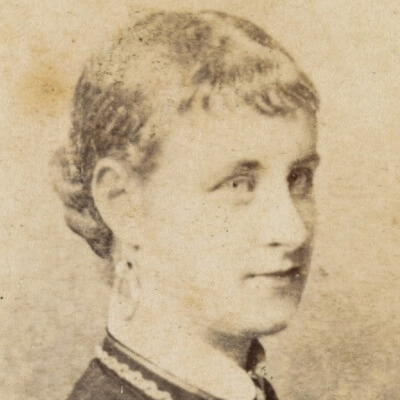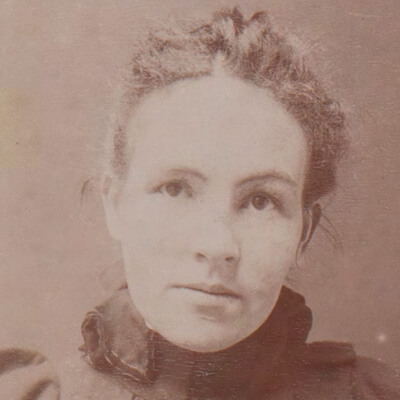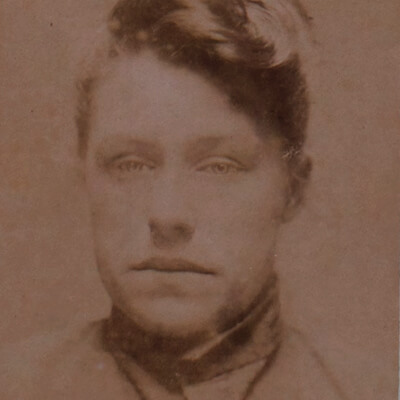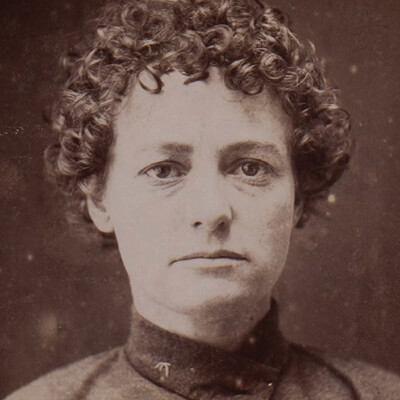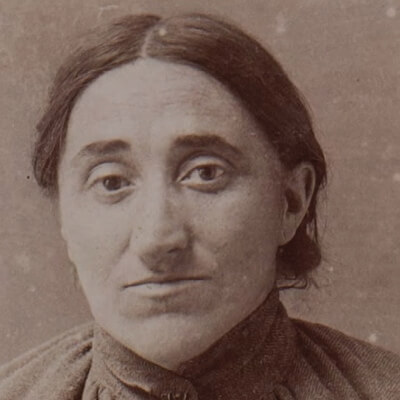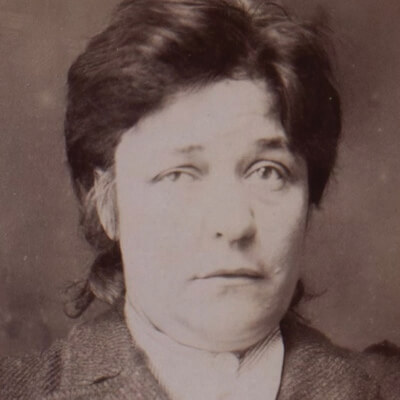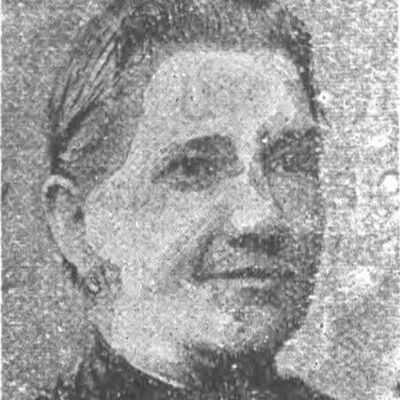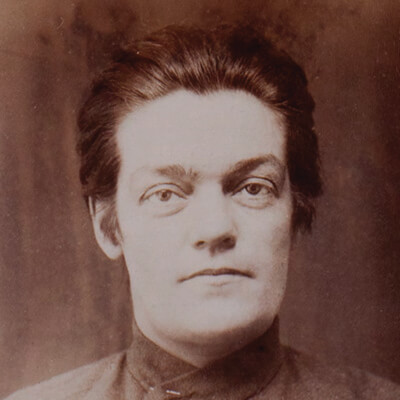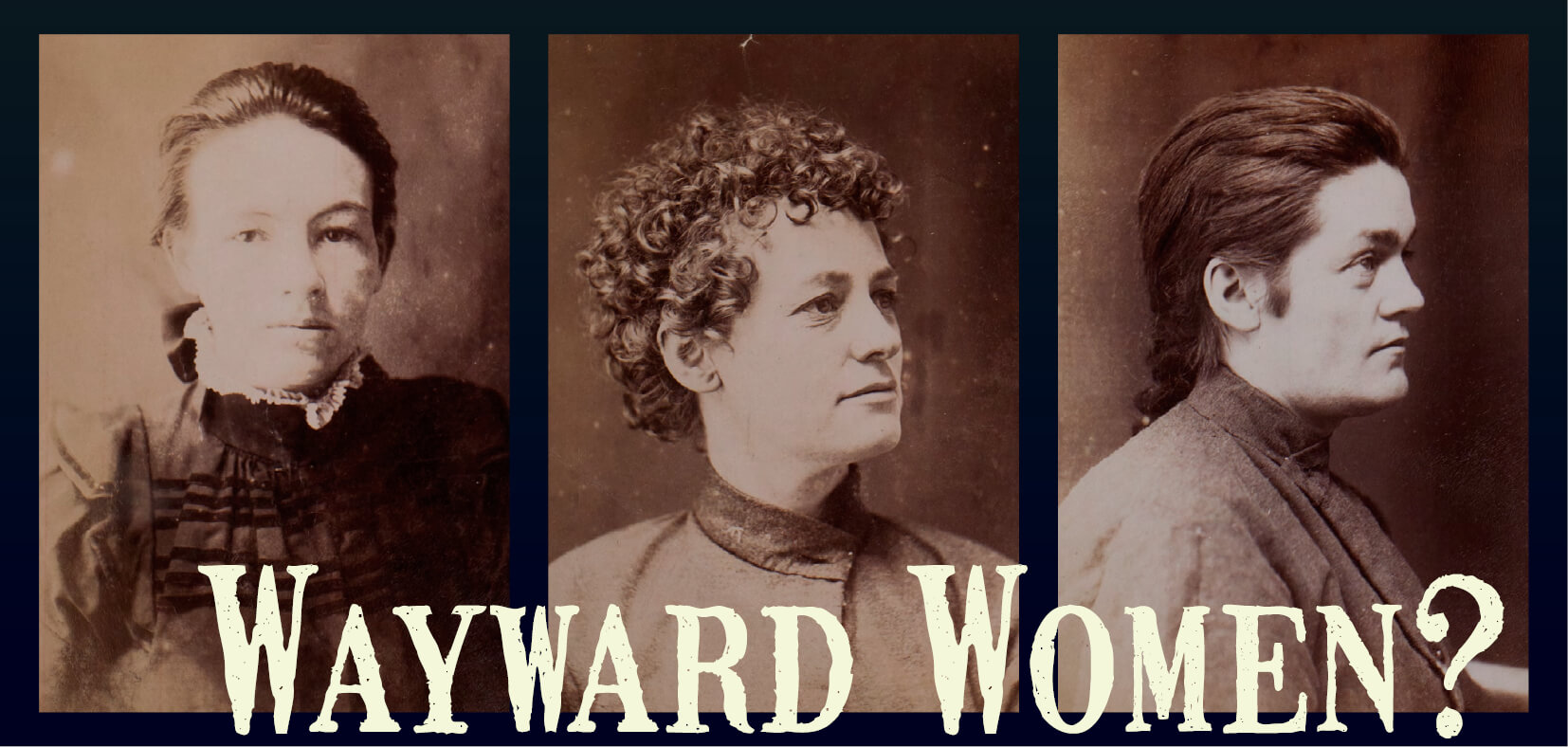
Introduction
This exhibition presents ten stories about individual women’s lives in the past. All of the women could be described as ‘wayward’. Either intentionally, or through force of circumstance, they transgressed society’s rules in some way. Some prospered, but others paid dearly for their actions.
The women and girls featured in this exhibition all lived in Victoria in the decade from 1894-1904. It was a time of great privation for many people, with the economy in deep depression and unemployment high. There was little in the way of government assistance for those in need and the charitable organisations that tried to help had scant resources. Many were turned away.
Start Date: 24 June 2019
End Date: 20 June 2021
Wayward Women? is presented by Old Treasury Building in partnership with Public Record Office Victoria.
It was also a time when women and men were judged by very different moral standards. While a man’s indiscretions might be ignored, even expected, ‘fallen women’ were often judged harshly, at least by officialdom. Pregnant unmarried women could expect little sympathy and little help. The result was both predictable and tragic – what historians now call ‘reproductive crime’ was extremely common. Infanticide, concealment of birth, child abandonment and clandestine abortion claimed the lives of many women and children. Reproductive crime is almost non-existent now, but it was a fact of life in nineteenth and early twentieth-century Victoria.
These stories make harrowing reading. They are difficult histories that some might think are best forgotten. But they were the reality of life for many women in the past, and for that reason alone they deserve to be remembered. But more than that – they remind us why it is important that we have resources for women and children in need today. And it is not all doom and gloom. For from these women’s lives – harrowing as many of them were- came important changes that helped to give us the choices we now take for granted. Our ‘wayward women’ helped to blaze the path to a better future for all women.
Wayward women – why the question mark?
We used a question mark in the title of this exhibition to highlight the fact that the perception of waywardness is contingent on both time and place. What is seen as acceptable behaviour varies significantly from one culture to another. One of the women we feature – Brettena Smyth – was an educated, otherwise ‘respectable’ widow, who nevertheless pushed against the boundaries of the narrow society around her. She campaigned actively for access to birth control for married women and lectured to all-women audiences on female biology and sexual function. These were topics considered ‘indelicate’ for ladies at the time. Selling birth control literature and materials could be illegal. And so Brettena clearly transgressed some of her society’s codes for women. Even other feminists found her views too radical at times.
Other women’s transgressions were more obvious and brought them into the realm of the criminal justice system. Some were simply poor – women who had nowhere to live and no means of support, and who found themselves in and out of gaol as a result. Others committed crimes in fear and desperation of the shame associated with unwed pregnancy. These are some of the saddest stories of all.

